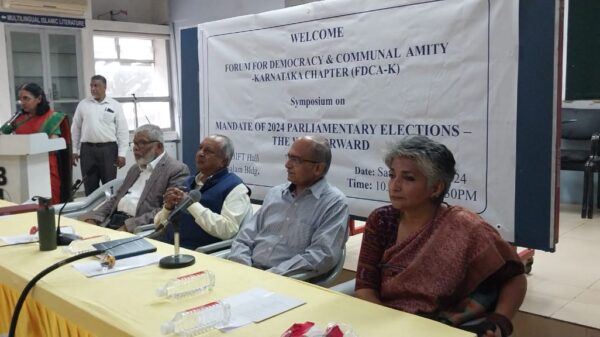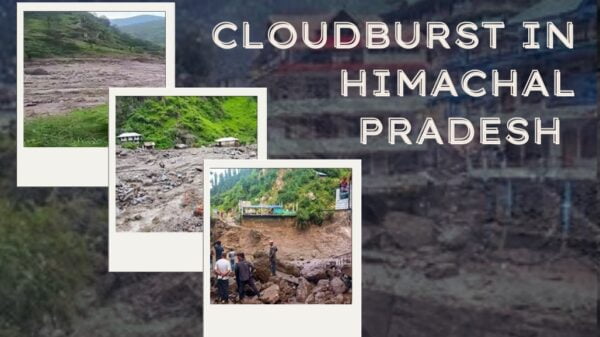Historians are expressing grave concerns over the ongoing construction project that threatens to deteriorate an ancient temple dating back to the 8th century. This historical site, located in Manne, Bengaluru Rural district, was once the second capital of the Western Gangas, who ruled over southern Karnataka from 350 to 1000 CE. Despite its rich historical significance, this site has fallen into disrepair, littered with plastic waste and overrun by weeds. The construction work, led by Narse Gowda, has raised alarm bells among historians who fear that the temple’s condition will worsen if immediate action is not taken.
The Historical Significance of Manne
Manne, formerly known as Manyapura, holds a special place in Karnataka’s history. It was once a thriving hub during the reign of the Western Gangas, boasting a rich cultural heritage and numerous temples. However, today, the site lies in ruins, forgotten and neglected. One of its notable historical landmarks is the Jinalaya, a Jain temple constructed in 798 AD by Sri Vijaya. Historians speculate that this could be the same Sri Vijaya who authored the oldest known Kannada text, Kavirajamarga. This literary work delves into advanced aspects of poetic style and even outlines what poetry should avoid.

Source: Wandering Soul
The Concerns of Historians
The construction project initiated by Narse Gowda to build a new mantapa on the temple site has raised significant concerns among historians. While there is recognition of the religious significance of the mantapa to the local community, experts fear that this endeavor could further deteriorate the already fragile historical temple. Moreover, the lack of official protection for the site has made it challenging to take legal action against such construction activities.

Source: Wandering Soul
Efforts to Preserve Manne’s Heritage
Several individuals and organizations are working tirelessly to secure protection for the historical monuments in Manne. Notably, epigraphist H S Gopala Rao is among those leading the charge to have these monuments officially recognized and safeguarded. He emphasizes that if the site is properly excavated, it could reveal previously unknown aspects of Karnataka’s rich history.
Despite these efforts, the journey to protect Manne’s heritage has been fraught with obstacles. The Archaeological Survey of India (ASI) and the state archaeology department have been approached to grant protected status to Manne, but little progress has been made since 2019 when ASI officials visited the site and promised preservation measures.

The Akka Thangi Temple and Ongoing Construction
One particularly disheartening aspect of the situation is the fate of the Akka Thangi temple, dedicated to two sisters. Originally initiated during the Ganga reign, this temple remains incomplete. Today, it stands fenced off with bamboo, a stark reminder of historical neglect. Efforts to build a new mantapa near the heritage temple began in 2022, causing alarm among those dedicated to preserving the site’s history.
Former Nelamangala tahsildar, Manjunath K, recounted how construction activities were halted in 2021 but resumed after his transfer to Belagavi. He expressed regret that his attempts to file a report were thwarted, and the culprits went unpunished.
Bipin Chandra Negi, the superintending archaeologist of the Bangalore Circle, ASI, has highlighted the legal prohibition of construction within 100 meters of ASI-recognized sites. However, Manne has yet to receive this crucial recognition. Despite this, Negi has committed to conducting a field site inspection to assess the potential for excavation.


















































































